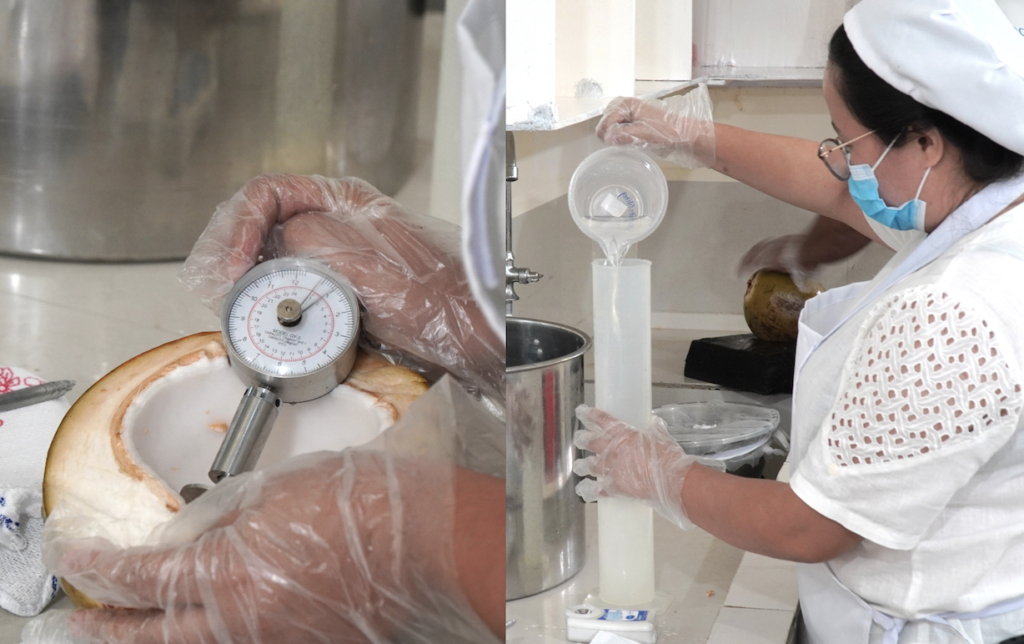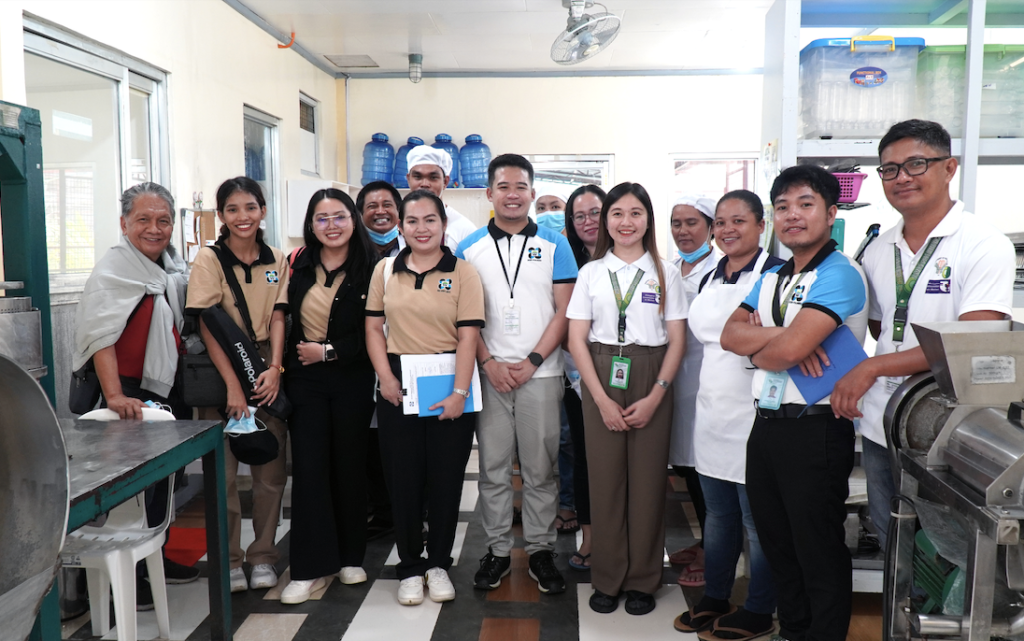In response to the increasing demand for coconut meat and water from various industries, an ongoing project aims to profile and recommend more coconut hybrids, along with local and foreign varieties, with outstanding qualities.

In the Philippines, coconut genetic resources remain largely untapped due to the lack of comprehensive data on their physicochemical properties, which refers to the physical and chemical characteristics of a substance and its interaction with other substances.

The project, “Profiling of Coconut Hybrids and Outstanding Local and Foreign Coconut Varieties for Commercially and Industrially Important Physicochemical Properties Toward a Market-Responsive Coconut Industry,” is led by Mr. Joel Gerone B. Larupay from the Philippine Coconut Authority-Zamboanga Research Center (PCA-ZRC). It targets to produce the physicochemical profiles of coconut waters and meats of 26 coconut hybrids and 55 local and foreign coconut varieties conserved at the Center’s genebank.
The Philippine Council for Agriculture, Aquatic and Natural Resources Research and Development of the Department of Science and Technology (DOST-PCAARRD) funds the three-year project through the Coconut Farmers and Industry Development Plan’s (CFIDP) Coconut Hybridization Program (CHP) Research.
For its Year 1 implementation, the project generated the physicochemical profiles of coconut meat, water, and oil of 15 PCA-recommended hybrids, 5 dwarf, and 8 tall varieties.
Initial findings revealed that hybrids, compared with traditional varieties, have higher values of total soluble solids, mineral contents, meat firmness, and water volume.
Further, traditional and hybrid varieties vary slightly in fat composition, while both contain over 50 percent medium-chain triglycerides (MCTs) and a high amount of lauric acid in their coconut oils, giving them distinct flavors and textures.
This information is useful for farmers and manufacturers to ensure quality, consistency, and marketability of their products.
The project also trained seven PCA-ZRC personnel on different methods of physicochemical evaluation, equipment utilization, and data analysis.
Crops Research Division (CRD) Director Leilani D. Pelegrina led the activity, along with CRD’s Program Monitoring and Evaluation Section Representative Alvin Quiel C. Sabanal, Industry Strategic S&T Program (ISP) Manager for Coconut Alissa Carol M. Ibarra, and other key staff.
Following the activity, CRD validated the accomplishments presented during the review through a field visit at PCA-ZRC, San Ramon, Zamboanga City. (Rosemarie A. De Castro, DOST-PCAARRD S&T Media Services)#



